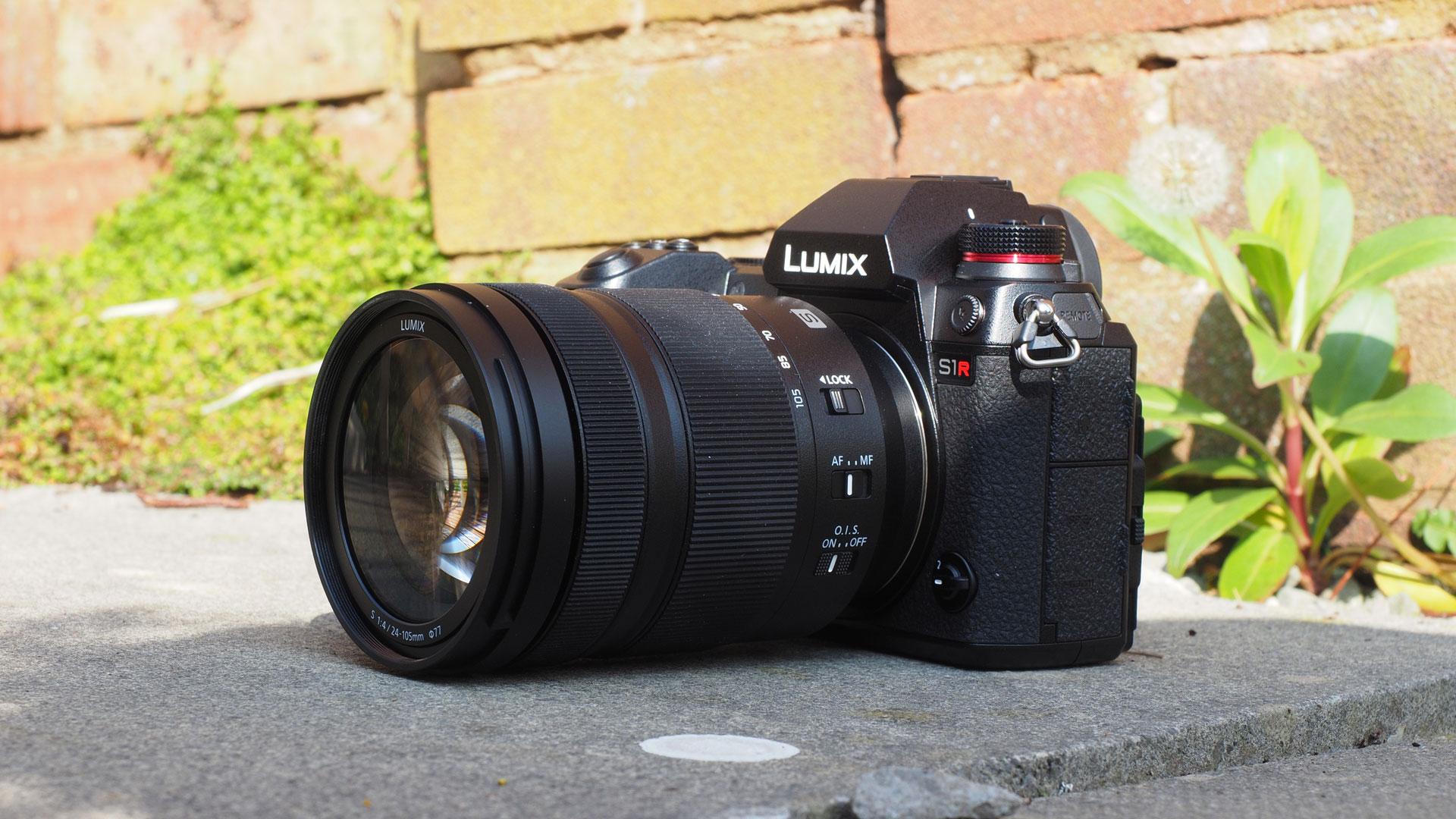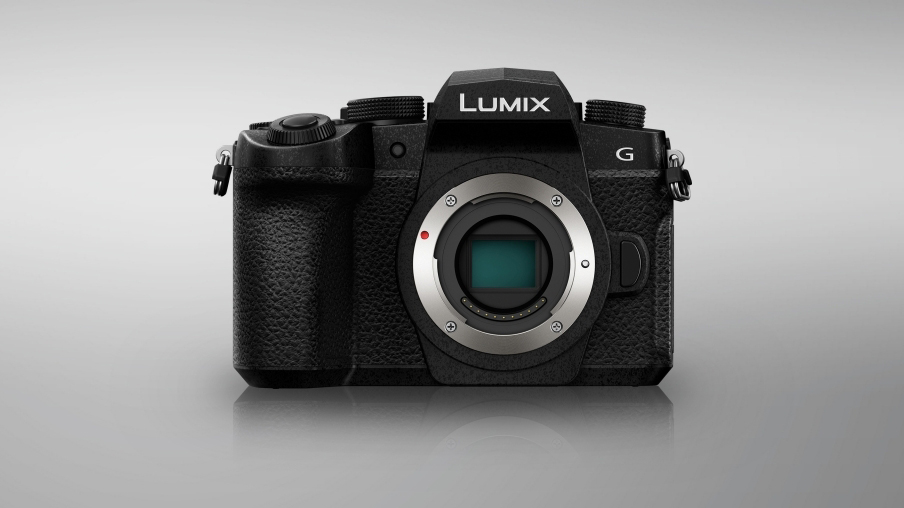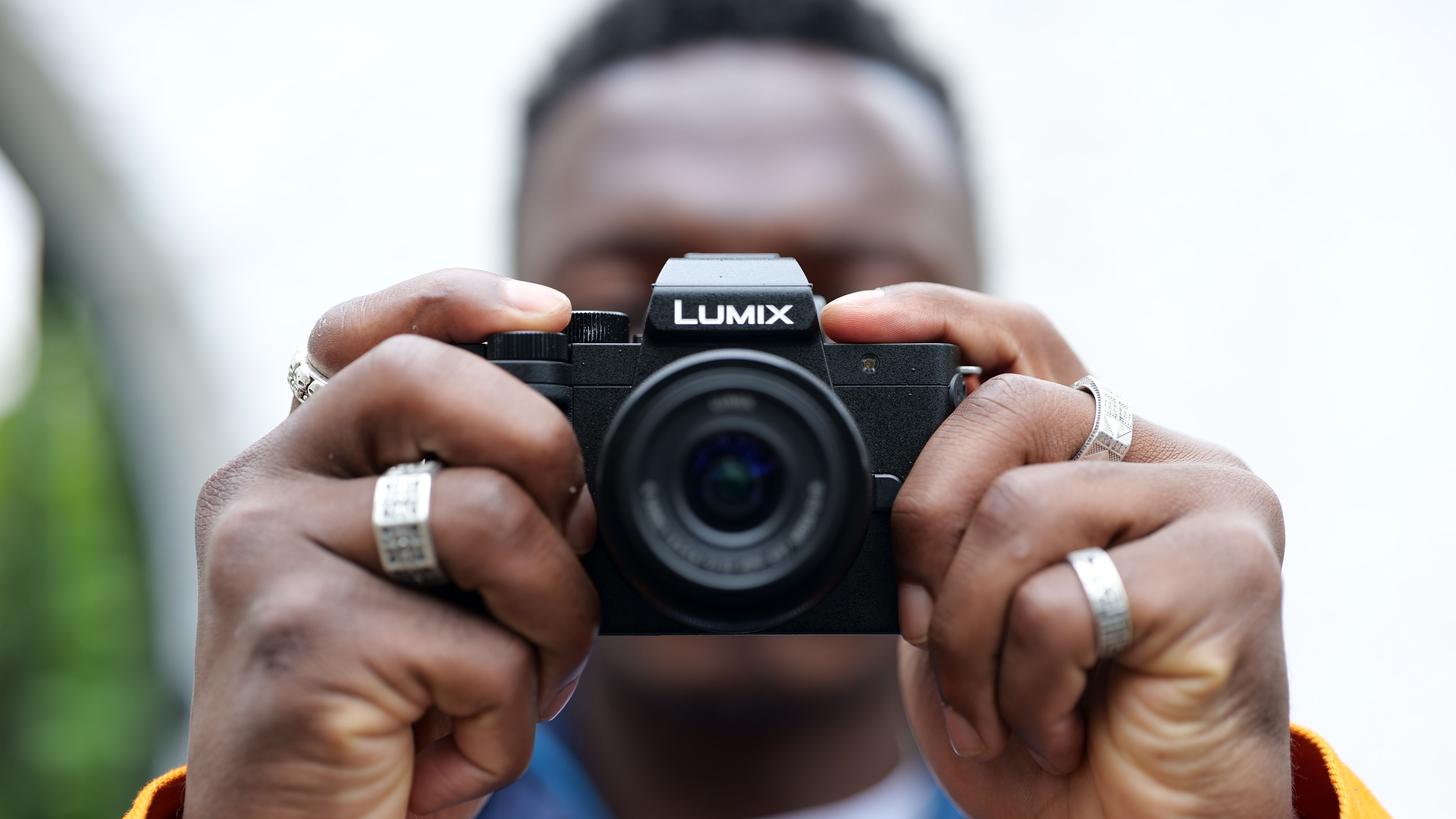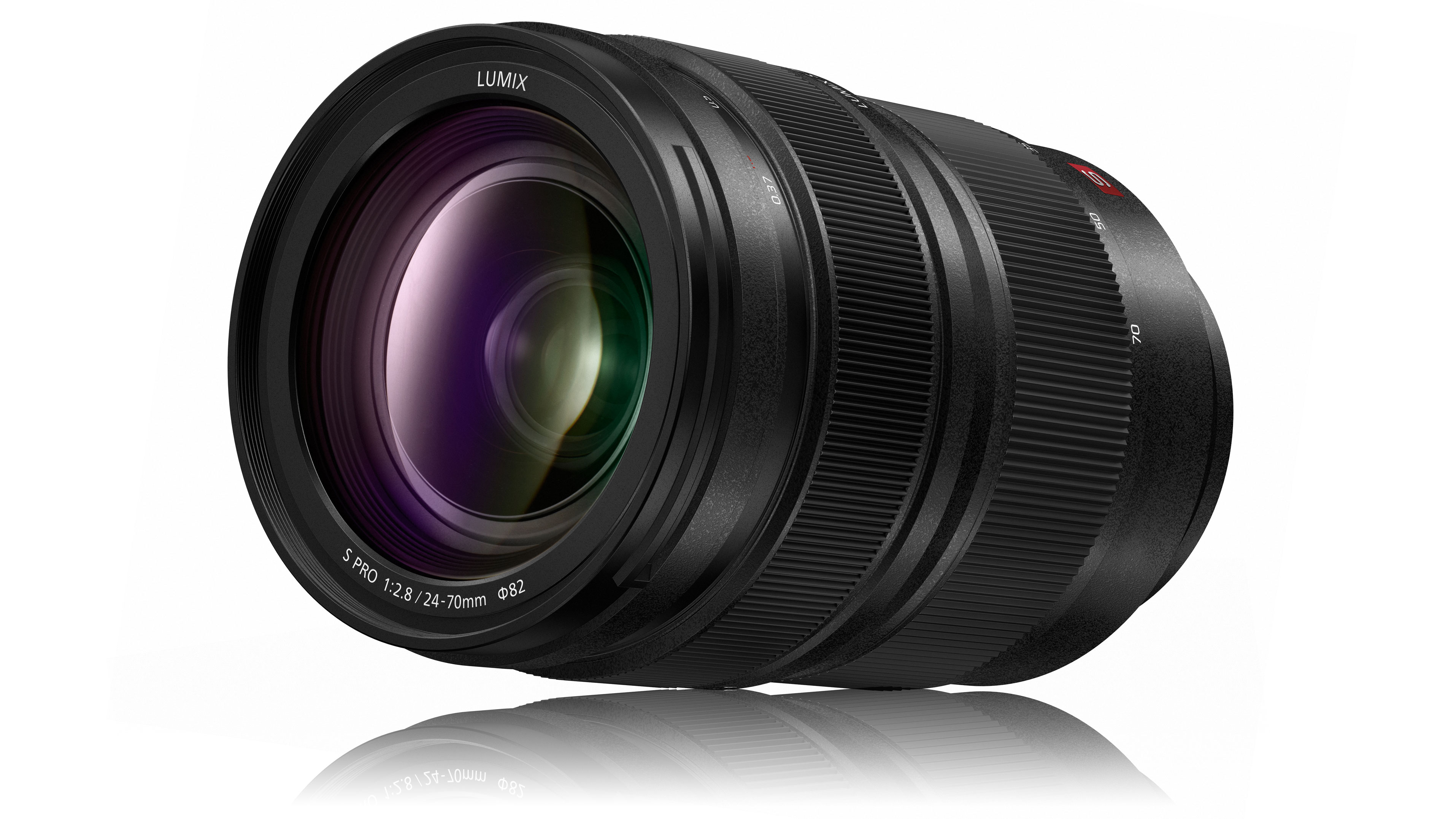What we can expect from Panasonic in 2025?
In 2024 Panasonic launched the Lumix S9 and Lumix GH7, both landmark cameras. So what will it do in 2025?

It’s been a busy year for Panasonic, with a couple of major camera launches and an assortment of updates and revival relaunches that show it senses some shifts in the digital camera market.
The first of two big launches came in May 2024 with the Lumix S9. Now opinions have been divided about how useful it is to have another EVF-free vlogging ‘box’ on the market, but the S9 has powerful video features from the Lumix S5 II, so it is a pretty convincing proposition at an appealing price – and it comes in all those different colors!
The other major launch was the Lumix GH7, where Panasonic’s MFT hybrid flagship at last got phase-detect AF to go with its giant-killing video features. Yes, it’s ‘only’ Micro Four Thirds, but there’s nowhere else you can get these recording capabilities at this price. Panasonic's GH series gets a lot of respect from people who make films for a living.
It’s also been a year of refreshes and updates for Panasonic. The Lumix G100D is a barely-altered new version of the original G100 and still with no in-body stabilisation – ho hum – while the Lumix S5D is an updated version of the original Lumix S5, so contrast AF only, but with new LIDAR compatibility. Rather niche.

But what Panasonic has done, which is rather interesting, is to resurrect some of its older fixed-lens compacts. The Lumix FZ80D/FZ82D (July) probably isn’t one we would have chosen to bring back, thanks to its tiny sensor and poor long-zoom performance, but the Lumix ZS99 long-zoom compact is more interesting as a portable, affordable superzoom travel camera. Best of all, though, Panasonic has released the Lumix G97, a relaunch of its affordable 20MP G90/G95 hybrid camera. With 4K capture, in-body stabilization and a competitive price tag, this could prove one the best cameras for beginners, one of the best hybrid cameras for anyone just starting out, and certainly one of the best Panasonic cameras – it’s good to see ‘new’ cameras arriving at a sensible price point!
So that’s what Panasonic did in 2024, but what can we expect to see in 2025? That’s when the waters become decidedly murkier. There are all sorts of rumors flying around…
The likely
Who remembers the Panasonic Lumix S1 and S1R? They arrived with a bang back in 2019 as a pair of big, powerful and advanced hybrid cameras with the full weight of the L-mount alliance behind them. Since then, they’ve drifted slowly into obscurity so that you can still buy the Lumix S1 here and there, and sometimes even the Lumix S1R, but they’ve been overtaken by smaller, lighter and more powerful hybrid cameras both from other brands and even Panasonic’s own camera range – the Lumix S5 series now seems to be the company's mainstay.
Get the Digital Camera World Newsletter
The best camera deals, reviews, product advice, and unmissable photography news, direct to your inbox!
But they might come back, and there’s strong speculation that they will. One rumor is that there will be a Lumix S1 II which, if it does happen, could possibly get away with re-using the tech from the Lumix S5 II, but would need to keep its big, strong, professional body and throw in some more pro video features. There is one snag with this theory – we already have the Lumix S1H. If Panasonic did release a more advanced Lumix S1, that might kill off the S1H, but then that camera is pretty old now and does rely on Panasonic’s older contrast AF system. Is it the end for the Lumix S1H? We’ll see.
Many of the rumors around a Lumix S1 successor, however, involve the 60MP sensor from the Leica SL3. In the past, Leica got its mirrorless tech from Panasonic, but could it work the other way around this time?

If so, then this new camera might not be a Lumix S1 II – the S1 was the lower-resolution version of the original pair – and instead it might be a new Lumix S1R II. This does, perhaps, look the more likely option. This sensor would, of course, allow 8K video capture, and although Panasonic has been saying for years that it wouldn’t launch an 8K camera unless the product was right, let’s not forget that for years it said its DFD contrast AF system was fine and it had no plans to introduce phase detect AF...
So, will there be a new Lumix S1 II? Maybe, though there are lots of competing Panasonic cameras already milling around in the 24MP hybrid camera space.

But a new Lumix S1R II? That does seem a much more obvious route for Panasonic to take. Not only is it lacking an 8K camera when all its rivals make them, it’s also lacking a high-resolution full frame camera to combat the likes of the Sony A7R IV, Canon EOS R5 II and Nikon Z8 – and, of course, the Leica SL3.
The possible
So what about the Lumix G range? Can we expect anything new here? As far back as 2023 we were speculating that there would be a new Panasonic Lumix G100 II. The original G100 was cute and affordable, but lacked IBIS and used Panasonic’s long-running 20MP MFT sensor. The new camera would, we heard, have the 25MP sensor from the Lumix G9 II, phase-detect AF and 4K 60p shooting. Interesting… if true.

But then at the start of 2024 we got the Lumix G100D, a spot-the-difference update that suggested that was as far as Panasonic was likely to go with that design any time soon. The rumored G100 II specs we heard about would undoubtedly push both the size and the price well above the current G100D level. What scuppers this notion even more is the (re)launch of the Lumix G97 in December 2024. Any new Lumix G100 II would now have to fit in a gap between this camera and the G9 II.
To be fair, though, that is a pretty big gap.
We’ve also heard talk of a new Lumix S1H II video-centric hybrid model to replace the ageing but highly regarded S1H. This rumor also dates back to 2023, so it’s not new, and it hasn’t happened… yet. So what would a new Lumix S1H II need to do? Phase detect autofocus would surely be at the top of the list and perhaps more powerful processing and a swap to paired CFexpress Type B card slots to accommodate higher-quality codecs. Some even say it might have 8K video – but then this crosses over with the rumored Lumix S1R II specs. It does seem unlikely that Panasonic would launch two 8K hybrid cameras.
One wildcard suggestion is a new Lumix S5R – basically, a Lumix S5 but with the 60MP sensor from the Leica SL3. Interesting… but it seems the more substantial form factor of the Lumix S1R would be the more likely route.
The unlikely
There is a tantalizing theory going around that, just as the Leica SL3 might have arrived ahead of a new Lumix S1R II, the Leica D-Lux 8 could be the precursor for a new Lumix LX100 variant – the LX100 III, perhaps? A couple of things go against this theory. First, we haven’t yet seen Panasonic ‘copying’ a Leica model. Second, the D-Lux 8 is only a modest refresh of the D-Lux 7/Lumix LX 100 II.

It would be great to get a new Lumix LX100, as this is a properly classic compact camera with a useful 24-70mm equivalent zoom range and a unique ‘multi-aspect’ MFT sensor which offers a 4:3 native aspect ratio but can also shoot 3:2, 16:9 or 1:1 (square) with minimal loss of megapixels from cropping.
There’s another camera it would be great to see – a Lumix GX9 II. Panasonic seems to have given up on its rangefinder-style mirrorless cameras, but they’re compact, handle nicely and are a compelling alternative to the usual DSLR-style design. And just imagine if Panasonic slotted in its latest 25MP phase detect sensor. Now that would be something!
Likely lenses
It’s fair to say that Panasonic doesn’t exactly rush out new lenses. The odd Lumix S 26MP f/8 pancake lens that appeared at the Lumix S9 launch is one exception, and the new Lumix S 18-40mm f/4.5-6.3 that thankfully replaces it is another. Otherwise, the Panasonic lens roadmap might just as well be carved in stone for all the new lenses we’re promised.

There’s complete silence on the Lumix G lens front, but this range is already very well catered for, so that’s not really an issue. The Lumix S lens roadmap, however, has just two tantalizing prospects.
One is a ‘Large aperture standard zoom’ in the 28-70mm range. Now given that Panasonic already makes the Lumix S Pro 24-70mm f/2.8, that only leaves two possibilities. One is that we get a shorter-range f/2 lens, as released by Canon and now Sony. The other is that Panasonic is planning a much more compact constant-aperture zoom better suited to the Lumix S5 II and G9 bodies. That, to be honest, seems equally likely and probably just as useful.
The other new lens waiting in the wings is an ‘Ultra-telephoto zoom’ somewhere in the 100-500mm range. Will this be a premium (expensive) constant aperture pro zoom, or something more affordable? Given that Panasonic mirrorless cameras aren’t really cut out for speed in the same way that rivals are, a consumer-orientated super-telephoto seems more reasonable. We’ll see.
So what CAN we expect to see from Panasonic in 2025?
That’s a good question. It does seem probable that there will be a new 60MP 8K hybrid camera, since the technology is there, the demand is there, and there’s a huge gap right now in the Panasonic camera range. The question is, what will it be called? Will it be the Panasonic Lumix S1R II, Lumix S1H II or a new Lumix S5 IIR?
There might be some reshuffling and refreshing in the 24MP Lumix S hybrid line-up, but it’s hard to see what Panasonic could bring to this that would be new or exciting (sorry, Panasonic!)
It would also be good to see some movement in the Lumix G line-up. The Lumix G100 II rumor is old and possibly discredited as a result, but there is still a very significant gap to be filled between the refreshed Lumix G97 and somewhat pricey Lumix G9 II.
And Panasonic, if you are going to resurrect or renew any ‘old’ camera, PLEASE make a Lumix G9x II with 25MP and phase detect AF. You know you want to… and we want it too!

Rod is an independent photography journalist and editor, and a long-standing Digital Camera World contributor, having previously worked as DCW's Group Reviews editor. Before that he has been technique editor on N-Photo, Head of Testing for the photography division and Camera Channel editor on TechRadar, as well as contributing to many other publications. He has been writing about photography technique, photo editing and digital cameras since they first appeared, and before that began his career writing about film photography. He has used and reviewed practically every interchangeable lens camera launched in the past 20 years, from entry-level DSLRs to medium format cameras, together with lenses, tripods, gimbals, light meters, camera bags and more. Rod has his own camera gear blog at fotovolo.com but also writes about photo-editing applications and techniques at lifeafterphotoshop.com
